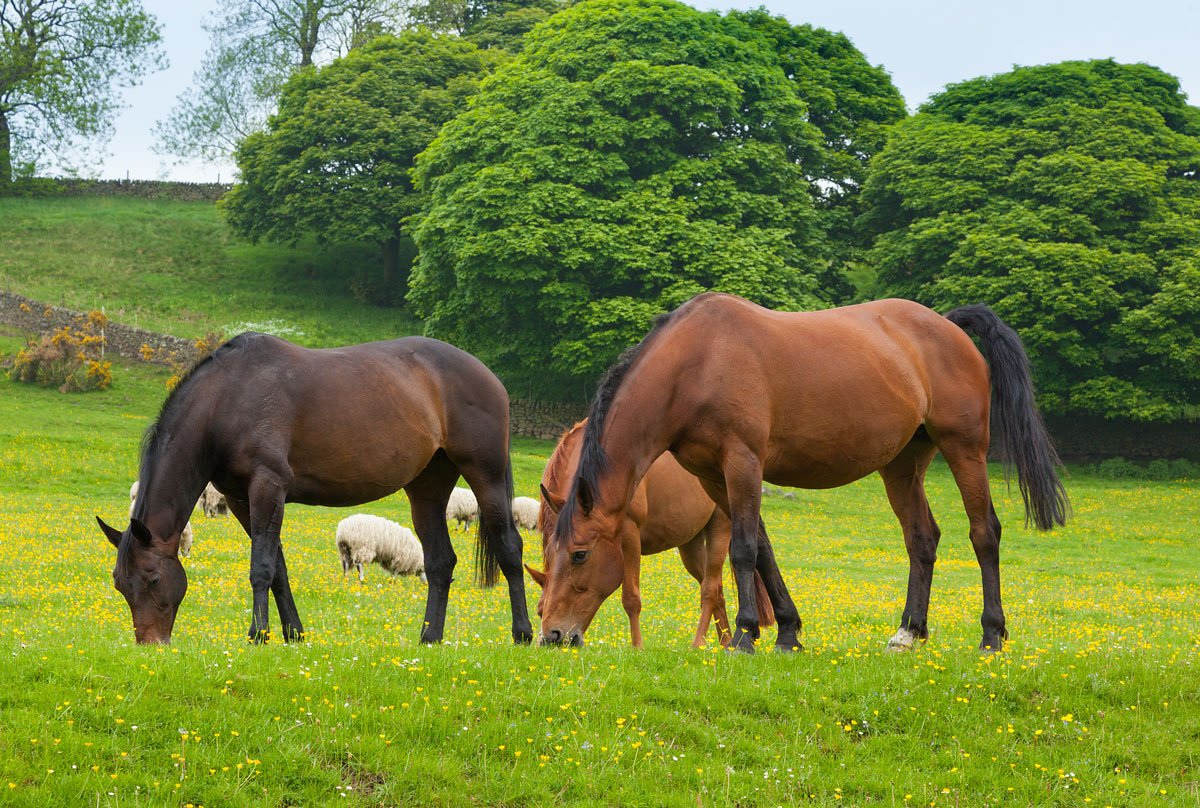
For the first time globally, the sheep (ovine) Babesia species (B. ovis) was found in a racehorse. Testing done for equine tick-borne diseases in Turkish racehorses revealed that, “This is the first detection of B. ovis DNA in racehorses in Turkey to the best of our knowledge. Additionally, this study also reports the first molecular identification of A. phagocytophilum in Turkish racehorses. Based on this report, it is recommended that future epidemiological studies on horses also take B. ovis, a parasite usually found in sheep, into consideration and that further detailed studies be conducted to unravel the transmission pathways and potential clinical effects of B. ovis in horses.”
The article “A survey on equine tick-borne diseases: The molecular detection of Babesia ovis DNA in Turkish racehorses” was published in Ticks and Tick-borne Diseases, an international, peer-reviewed scientific journal
The researchers also reported that Anaplasma phagocytophilum was first identified by molecular techniques in racehorses in Turkey and that the results of this study support the expanding evidence of low host-specificity of haemoprotozoan parasites.
Abstract
“Common vector-borne diseases of horses include equine piroplasmosis (EP) caused by Babesia caballi and Theileria equi, and equine granulocytic anaplasmosis (EGA) caused by Anaplasma phagocytophilum. Equine piroplasmosis leads to severe health issues in horses and restrictions on the movement of horses internationally. Anaplasma phagocytophilum causes an acute febrile illness in horses and is also of zoonotic importance. In the present study, blood samples were collected from 152 Turkish racehorses from three different provinces (İzmir, Gaziantep, and Konya) of Turkey to investigate the prevalence of EP and EGA. Standard and nested polymerase chain reactions were performed to identify equine piroplasms and A. phagocytophilum, respectively. PCR primers targeting Babesia spp. 18S rRNA, B. caballi BC48, T. equi EMA-1, and A. phagocytophilum 16S rRNA genes were used for molecular diagnosis. Following the cloning and subsequent sequencing of PCR-positive samples, a total of 15 (9.9%) horses were found to be infected with at least one pathogen. Theileria equi and A. phagocytophilum were found in 3.3% (5/152) and 6.6% (10/152) of the samples, respectively. Although B. caballi specimens were not detected in any of the samples, a positive signal was detected for the Babesia genus-specific 18S rRNA PCR. Subsequent sequencing of this signal revealed 100% identity to Babesia ovis. This is the first detection of B. ovis DNA in racehorses in Turkey to the best of our knowledge. Additionally, this study also reports the first molecular identification of A. phagocytophilum in Turkish racehorses. Based on this report, it is recommended that future epidemiological studies on horses also take B. ovis, a parasite usually found in sheep, into consideration and that further detailed studies be conducted to unravel the transmission pathways and potential clinical effects of B. ovis in horses.”








